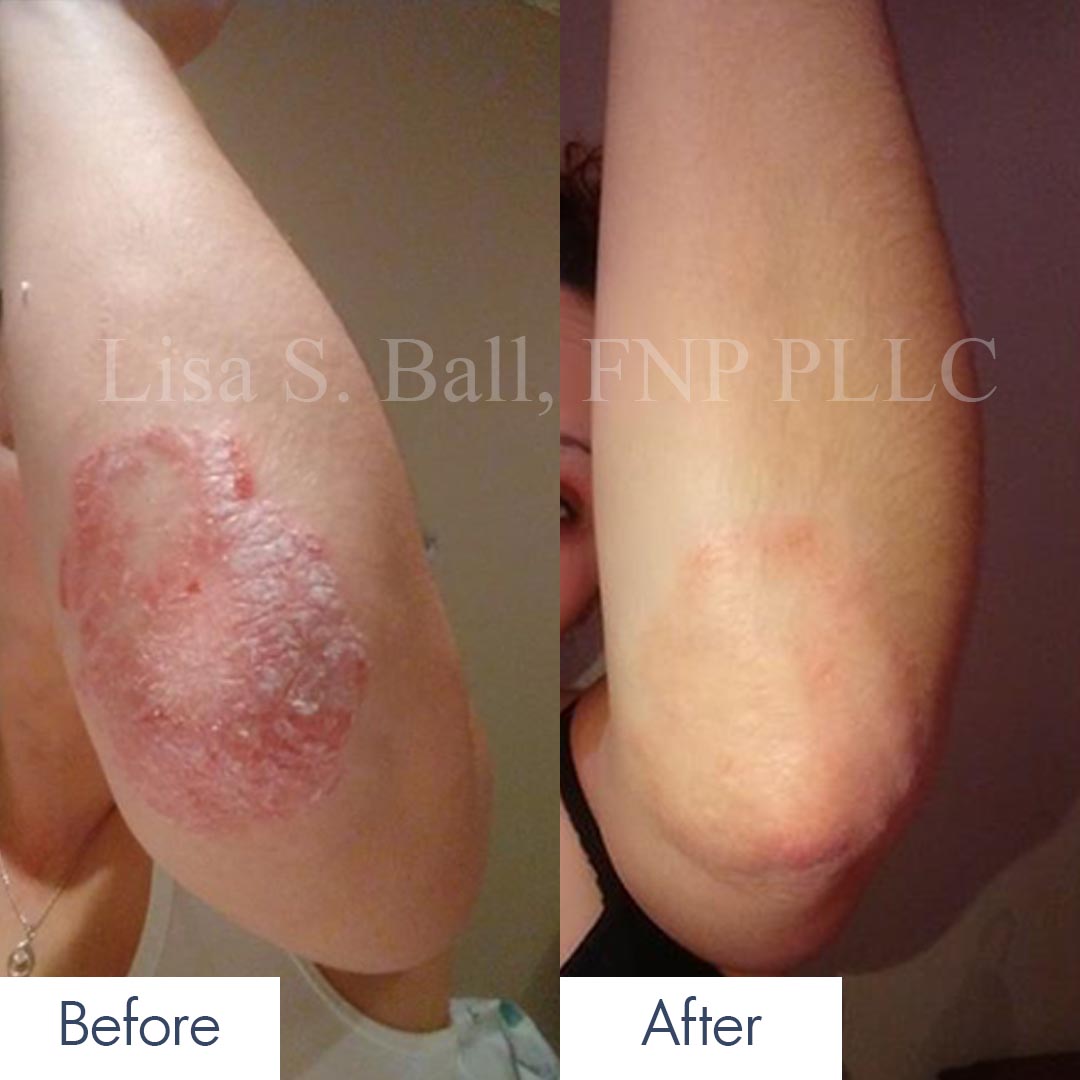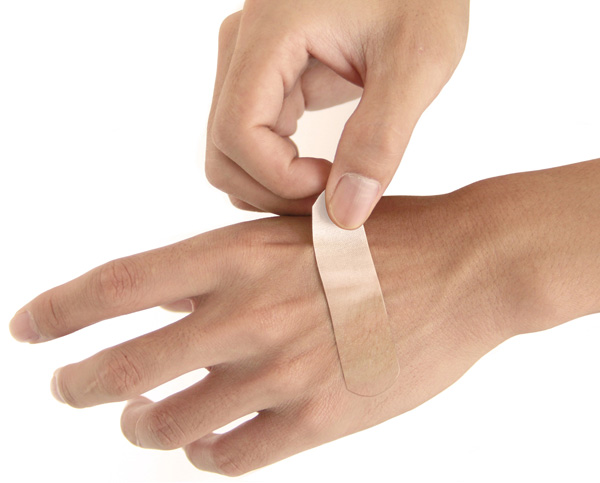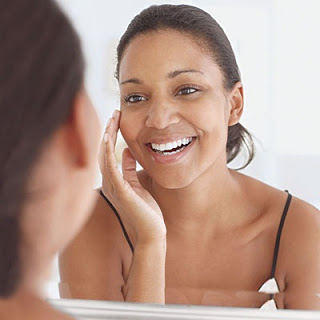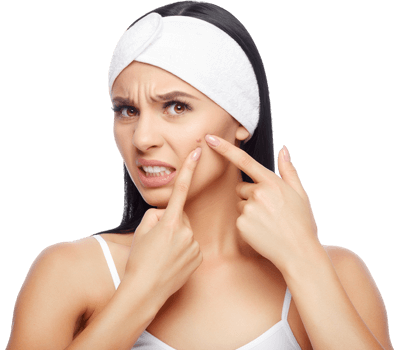Stretch marks, also known as striae, are a type of scarring that occurs on the skin due to a sudden fluctuation in its size. This abrupt change causes the collagen and elastin to rupture, leaving behind narrow lines or streaks as the skin heals. 
Although they can develop anywhere on the body, they usually reside on the abdomen, breasts, and thighs. Stretch marks are most common in women after pregnancy, but they can also develop from rapid weight gain or loss.
When they first show up, they typically have a pinkish, red hue and may feel slightly raised. Eventually, that color will fade and they level off into the skin. Their appearance may improve over time, but as is the case with any scar, they are permanent.
There are some products and treatments however that can make stretch marks less noticeable. They include:
With any of these options, it is important to be patient and understand that results will not be seen immediately. If stretch marks are something that is bothering you, contact our office today to see what options are best for your situation specifically.
Source: The American Academy of Dermatology (AAD)




 Shaving can be a challenge for both men and women. Whether getting razor bumps or a rash, the process can be tough. Yet getting a smooth shave with minimal irritation is possible.
Shaving can be a challenge for both men and women. Whether getting razor bumps or a rash, the process can be tough. Yet getting a smooth shave with minimal irritation is possible.








